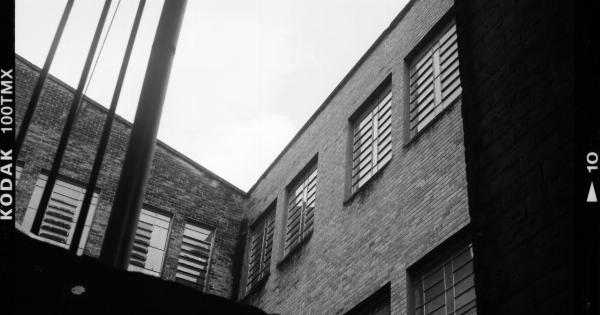Herpes Zoster, commonly known as Shingles, is a painful viral infection that affects the nerve roots. It causes a rash and can occur anywhere on the body, but most commonly affects the torso.
This article explores the skin symptoms of Herpes Zoster through photographs and describes its causes, symptoms, treatment, and prevention.
Causes
Herpes Zoster is caused by the same virus as chickenpox, the Varicella-Zoster Virus (VZV). After a person recovers from chickenpox, the virus can remain dormant in the body’s nerve tissues.
During later in life, when the immune system is weak, VZV can reactivate and travel through the nerve pathways to the skin’s surface, causing a rash and other symptoms.
Symptoms
The main symptom of Herpes Zoster is a painful, blistering rash that appears on one side of the body. It typically develops in a band or stripe, usually on the torso, but can occur on the face, neck, arm, leg, or hand.
The rash usually lasts two to four weeks and can be accompanied by other symptoms, such as:.
- Burning, tingling, or numbness
- Fever <li.Headache <li.Chills <li.Fatigue
Photographic Exploration of Skin Symptoms
The Herpes Zoster rash is distinctive and differs from other rashes in its characteristics. It is usually limited to one side of the body, and the rash is grouped in a line along the nerve path.
The following photos show some of the skin symptoms of Herpes Zoster:.
Rash
The rash typically consists of red bumps that develop into clear, fluid-filled blisters. The blisters might break open, ooze fluid, and crust over. The rash can be very painful and itchy, and the pain can last long after the rash has gone away.

Many individuals experience nerve pain as their first symptom of Herpes Zoster. This pain can range from mild to severe but is generally reported as a burning sensation, itching, and tingling in the affected area.
 <h3.Blisters
<h3.Blisters
Fluid-filled blisters are one of the symptoms of Herpes Zoster. They can be found all over the affected area and can last for several weeks. These blisters can be quite painful, and the fluid can be contagious.

Treatment
Herpes Zoster can be treated with antiviral drugs, such as Acyclovir, Valacyclovir, or Famciclovir. These medications can help reduce the severity of the rash and symptoms.
Pain medication such as acetaminophen, ibuprofen, or opioids can help with pain management in severe cases. Doctors may also prescribe medicated creams or ointments to treat the rash and recommend keeping the affected area clean and dry.
Prevention
The best way to prevent Herpes Zoster is by getting vaccinated. The vaccine can prevent reactivation of the VZV virus that causes Herpes Zoster.
The Centers for Disease Control and Prevention (CDC) recommends that people aged 50 years and older get the shingles vaccine. People who have never had chickenpox and those with weakened immune systems should also discuss the vaccine with their doctor.
Other preventative measures include washing hands regularly, avoiding contact with people with weakened immune systems or open wounds, and avoiding stress which can weaken the immune system and activate the virus.
Conclusion
Herpes Zoster is a painful virus that can cause a wide range of symptoms, including a distinctive rash. The rash, accompanied by burning or tingling nerve pain and fluid-filled blisters, is often the first sign of Herpes Zoster.
While there is no cure for Herpes Zoster, antivirals can help reduce its severity, and preventative measures such as vaccinations and maintaining good hygiene can prevent its onset altogether.

























